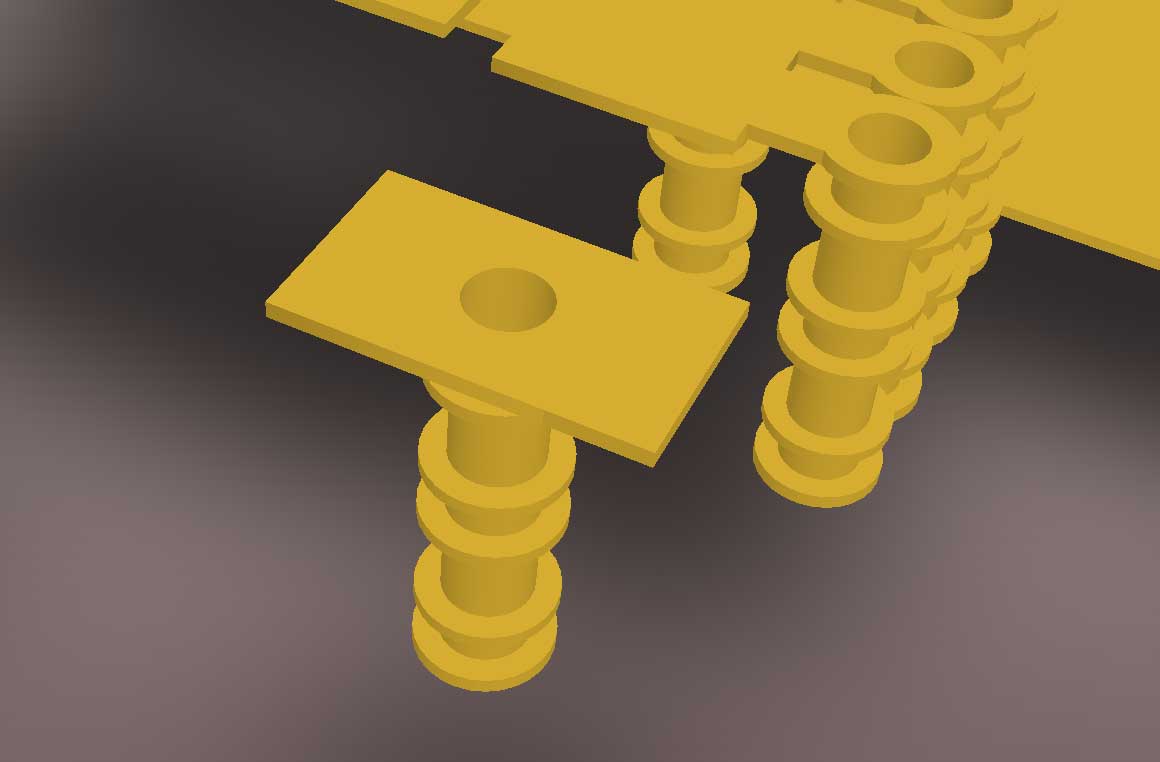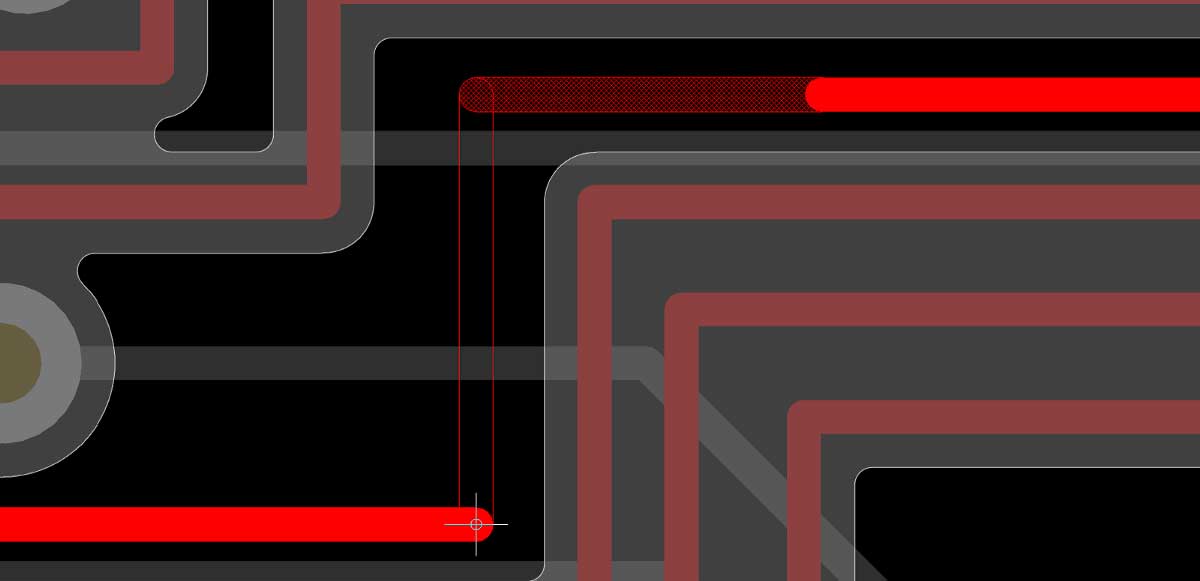PCB Design Software and Electronics Design News for PCB designers, electronics engineers and makers of all kind, visit resources.altium.com and altium.com
Jan 30
The Worst Advice We’ve Ever Heard About PCB Design

At Altium, we’ve been in the PCB design business for over 30 years. In that time, we’ve seen a lot of innovations — and a lot of mistakes. It seems every engineer has some advice to offer on printed circuit boards, and not all of it is good. Here’s a roundup of some of the worst PCB design advice we’ve heard.
Avoid Via in Pad
At first glance, this seems like sound advice. When soldering a circuit into place, a via hole in your PCB can cause any number of problems, which can ultimately damage the circuit or even the entire board. Therefore, a lot of designers put a blanket ban on via in pad.
However, some situations in modern PCB design make via in pad necessary. It can help with things like heat management and allows for closer placement of bypass capacitors. So if you get into the mindset of just not using via in pad, you might be shooting yourself in the foot when a via is needed, as you won’t know how to do it properly.
Vias in PCB design aren’t inherently good nor bad, but a tool, like any other. If you know how to use them, they can be helpful in a multitude of ways. If not, you’ll only end up ruining your work. So you CAN avoid them, but it’s much more useful to learn how to use them correctly and have another tool in your design arsenal.

Reinvent the Wheel
To be fair, no one has ever explicitly told us to reinvent the wheel in PCB design. It’s more of a theme in a lot of pieces of advice we hear — and it leads to many poor design practices.
In designing a new printed circuit board, many designers feel they need to start from scratch, solving every problem from the ground up.
What they don’t realize is that many of the components they need to make the board viable already exist and used for other projects their team has worked on. So they waste a lot of time and resources redoing something that is already done.
That methodology is why it’s important to have a thorough, organized, searchable archive of your circuit designs. As an engineer, instead of starting from scratch to solve the problem, you can find the designs you need and integrate them into your current PCB project. There still may be circuits you need to create yourself, but beginning with what you already have makes the job simpler and faster. Then, you may add your designs to the archive as well, so others will have access to them next time.

Avoid 90 Degree Angles
Avoiding 90 degree angles is a common design tip repeated in classrooms and by veteran PCB designers. It’s an admonishment that has, in the past, had some merit to it. Many older PCB design tools were unable to handle 90 degree angles well. Acid can collect in those 90 degree corners, causing etching problems and other issues. Therefore, 45 degree angles have always been preferred for routing.
However, while this still may be a problem for some PCB hobbyists, modern professionals use alkaline etching nowadays, eliminating acid traps. Recent studies have found that PCBs with right angles function perfectly well at speeds as fast as 2Gbps.
While the original reasons have gone away, there’s another potential problem with right angles. Because of the old stigma against 90 degree angles, many PCB design tools only support the more traditional 45 degree angles. If you have legacy software, or software based on legacy software and hasn’t integrated these advances into its design setup, then you may have problems including right angles in your PCB. But as long as your design tools are up-to-date, those 90 degree angles are nothing to be afraid of.

Ask Why
Being careful of any advice is important. A lot of bad advice seems good on the surface — or used to be good, “back in the day”. But if you just take it as given, it can be detrimental to your project. Taking the wrong advice can slow down the design process, limit your options, or just make things needlessly complicated.
Before you take any piece of advice, ask why. Why is this the correct course of action, and what will happen if you do things differently? If you keep your mind open and understand what you’re doing and why at all times, you’ll be able to recognize bad advice for what it is and steer clear of it in your design.
A good PCB manufacture can let you make your design dreams a reality. Whether you’re a first-time designer with big ideas for the next great gadget, or an experienced engineer looking to refine your workflow, Juvtmall is better choice for you.
#Juvtmall #PCB #PCBA #hardware
 USD
USD EUR
EUR GBP
GBP CAD
CAD AUD
AUD JPY
JPY
